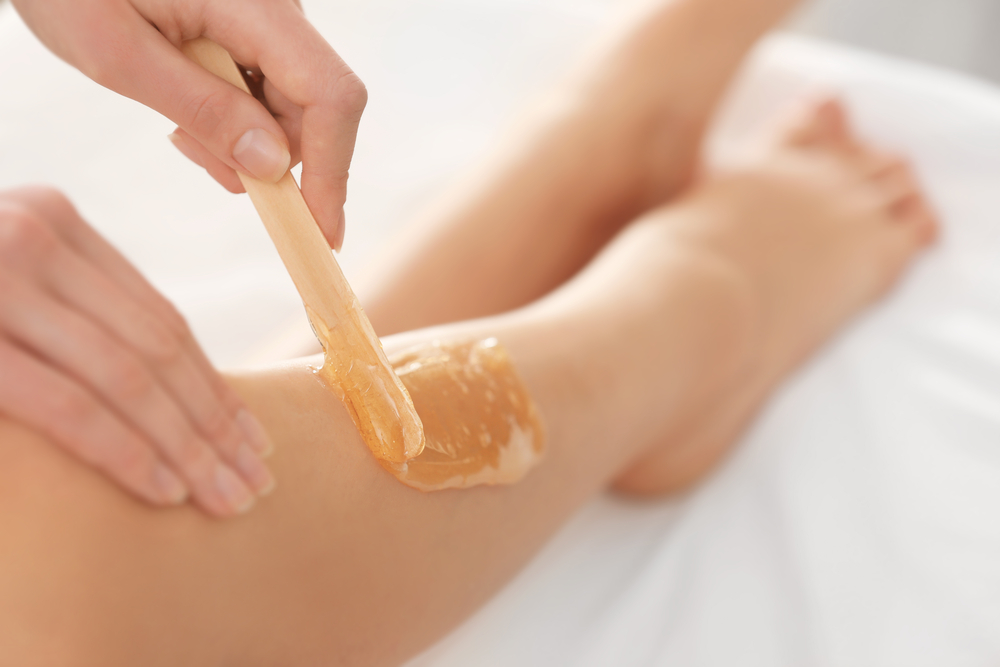Understanding Advanced Hair Reduction Technology and Options
Unwanted hair has long been a cosmetic concern for people seeking smooth, hair-free skin. Modern technology has introduced advanced methods that use concentrated light energy to target hair follicles, offering longer-lasting results compared to traditional temporary solutions. These treatments have gained popularity for their ability to significantly reduce hair growth over time, providing an alternative to daily shaving or frequent waxing sessions that many find time-consuming and inconvenient.

The quest for smooth, hair-free skin has driven innovation in cosmetic treatments for decades. While razors, waxing strips, and depilatory creams remain common choices, technological advances have introduced methods that target hair at the follicle level using light-based energy. These procedures work by directing concentrated beams into the skin, where pigment in the hair shaft absorbs the energy and converts it to heat. This heat damages the follicle structure, inhibiting its ability to produce new hair. Multiple treatment sessions are necessary because hair grows in cycles, and the technology works most effectively during the active growth phase when follicles are most vulnerable to light absorption.
How Does a Professional Laser Hair Removal Machine Work?
A laser hair removal machine professional operates using specific wavelengths of light calibrated to target melanin within hair follicles. The device emits controlled pulses that penetrate the skin surface without causing significant damage to surrounding tissue. When the light reaches the hair follicle, the melanin absorbs the energy, generating heat that disrupts the follicle’s growth capacity. Professional-grade equipment offers adjustable settings to accommodate different skin tones, hair colors, and treatment areas, ensuring both safety and effectiveness. These machines are significantly more powerful than consumer devices available for home use, which is why they must be operated by trained technicians or licensed medical professionals. Modern systems incorporate advanced cooling mechanisms that protect the skin surface and minimize discomfort during treatment, making the procedure more tolerable for most patients.
Understanding Pubic Hair Regrowth After Treatment
Concerns about pubic hair regrowth following light-based treatments are common among those considering the procedure. While these treatments can dramatically reduce hair density in treated areas, complete permanent elimination is not always achievable. Results depend on multiple factors including hair thickness, color contrast with skin, hormonal influences, and individual genetic characteristics. After completing a recommended series of sessions, most people notice substantial reduction in both the quantity and thickness of regrowth. Any hair that does return tends to be finer, lighter in color, and slower to appear than before treatment. Hormonal fluctuations, certain medications, and underlying medical conditions can affect regrowth patterns. Many practitioners recommend periodic maintenance sessions to address any new growth and preserve the smooth appearance achieved through initial treatments.
Comparing Hair Treatment Options
Evaluating different hair treatment approaches requires understanding the benefits and limitations of each method. Shaving provides immediate smoothness but lasts only one to two days before stubble reappears, requiring frequent repetition. Waxing pulls hair from the root and can maintain results for two to four weeks, though the process can be painful and may lead to ingrown hairs or skin sensitivity. Depilatory creams chemically dissolve hair at the surface level, offering results comparable to shaving with slightly less frequency. Electrolysis uses electrical current to destroy individual follicles and is FDA-approved for permanent hair removal, but treats one hair at a time, making it time-intensive for large areas. Light-based treatments offer a middle ground, providing significant long-term reduction with maintenance sessions rather than daily or weekly attention. The best choice depends on factors like pain tolerance, available budget, time commitment, and desired longevity of results.
What Makes Super Hair Removal Effective?
The concept of super hair removal generally refers to advanced techniques and technologies that deliver superior results compared to conventional methods. This includes state-of-the-art equipment with enhanced features such as larger treatment windows for faster coverage, improved cooling systems for greater comfort, and multiple wavelength options for treating diverse skin and hair types safely. Modern professional laser hair removal machines often incorporate sophisticated sensors that automatically adjust energy levels based on skin tone, reducing the risk of burns or pigmentation changes. Effectiveness also depends on proper treatment protocols, including appropriate spacing between sessions, adequate energy settings for individual characteristics, and strict adherence to pre-treatment and aftercare guidelines. Choosing a qualified provider with current technology and extensive experience significantly impacts both safety and results.
Selecting a Professional Laser Hair Removal Machine
For medical practices and aesthetic clinics, choosing a professional laser hair removal machine involves evaluating numerous technical specifications and practical considerations. Important features include available wavelengths, which determine suitability for different skin tones and hair colors, spot size affecting treatment speed and efficiency, and integrated cooling mechanisms for patient comfort. Common professional systems include diode technology, alexandrite platforms, and Nd:YAG devices, each offering distinct advantages. Diode systems provide versatility across various skin types, alexandrite technology excels for lighter skin with dark hair, and Nd:YAG wavelengths safely treat darker complexions with minimal risk of adverse effects. Additional factors include maintenance requirements, manufacturer support and training programs, warranty coverage, and regulatory certifications ensuring the device meets safety standards. Investment in quality equipment directly correlates with treatment outcomes and patient satisfaction.
Cost Considerations and Treatment Investment
Financial planning for light-based hair reduction requires understanding the variables that influence pricing. Treatment costs vary based on the size of the area being treated, with smaller zones like the upper lip or chin typically less expensive per session than larger areas such as full legs or back. Geographic location plays a significant role, as providers in urban centers or affluent areas often charge more than those in smaller markets. Most individuals require six to eight sessions spaced four to eight weeks apart to achieve optimal results, though some may need additional treatments depending on hair and skin characteristics. Many clinics offer package pricing for multiple sessions or discounts when treating several body areas simultaneously. Factors affecting cost include the sophistication of equipment used, practitioner credentials and experience, facility overhead, and local market competition.
| Treatment Area | Estimated Cost Per Session | Typical Sessions Needed |
|---|---|---|
| Upper Lip | $50 - $150 | 6 - 8 |
| Underarms | $75 - $200 | 6 - 8 |
| Bikini Area | $100 - $300 | 6 - 8 |
| Full Legs | $300 - $600 | 6 - 8 |
| Back | $350 - $700 | 6 - 8 |
Prices, rates, or cost estimates mentioned in this article are based on the latest available information but may change over time. Independent research is advised before making financial decisions.
Making an Informed Decision
Selecting a hair reduction method involves careful consideration of personal goals, lifestyle factors, and financial resources. For those interested in light-based treatments, researching qualified providers and scheduling consultations are essential first steps. During initial appointments, practitioners assess skin type, hair characteristics, medical history, and treatment expectations to determine candidacy and develop customized plans. Important questions to ask include specifics about the equipment and technology used, practitioner training and certification, realistic outcome expectations, potential side effects, and protocols for managing complications should they arise. Following pre-treatment recommendations such as avoiding sun exposure and refraining from other hair removal methods helps optimize results. Post-treatment care including sun protection and gentle skincare supports healing and reduces the risk of adverse effects. While these procedures require investment in both time and money, many find the long-term convenience and confidence gained from reduced hair growth well worth the commitment.
This article is for informational purposes only and should not be considered medical advice. Please consult a qualified healthcare professional for personalized guidance and treatment.




